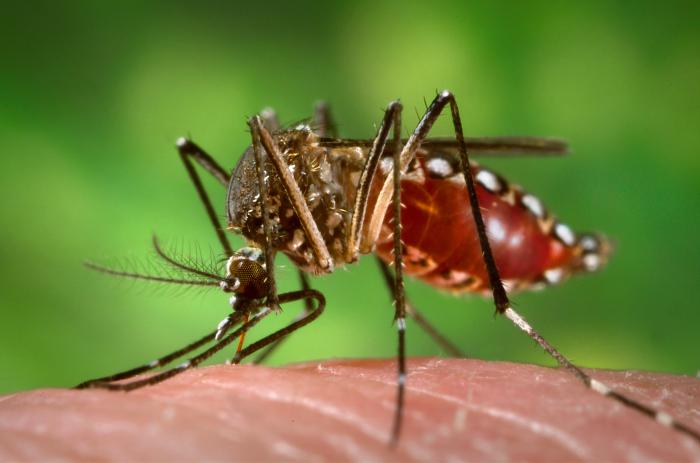 |
| Aedes aegypti |
There has been a lot of press around the Zika virus that is carried by mosquitoes, and New Jersey certainly has its share of mosquitoes. But, happily, as far as we know, there are none of the disease-carrying skeeters here - so far.
Though mosquitoes are certainly not endangered or threatened in our state, we would love to see them reduced.
Aedes aegypti is the mosquito most known for carrying the Zika virus. It is found in tropical climates and is unable to survive New Jersey’s winter conditions.
The Department of Environmental Protection had a press release about providing increased resources to county mosquito commissions throughout New Jersey to combat the threat of Zika and other mosquito-borne diseases.
Zika is a viral infection that is usually spread by the bite of an infected Aedes mosquito, which also spreads dengue and chikungunya. Outbreaks typically occur in tropical Africa and southeast Asia. In May 2015, Brazil reported the first outbreak of Zika in the Americas. Zika is now present in Central and South America, and the Caribbean. To date, there has been no local transmission in the continental United States.
About one in five people develop symptoms and infection is usually mild. The most common symptoms are fever, rash, joint pain or red eyes. The biggest concern is for pregnant women because Zika can cause birth defects.
One concern for NJ is being investigated by the federal Centers for Disease Control and Prevention. They are looking at the extent to which the Aedes albopictus – also known as the Asian tiger mosquito, which is found in New Jersey – can spread Zika. In April, the Pan American Health Organization and World Health Organization reported that Mexico had identified Asian tiger mosquitos carrying Zika.
New Jersey’s 21 county mosquito control agencies use many methods for mosquito control - including aerial spraying, application of approved insecticides, water management programs, public awareness campaigns - but my favorite is the use of natural predators. We know about how bats consume many mosquitoes, but my favorite biocontrol is using fish that love to eat mosquitos and their larvae.
Larvae-eating fish is common in New Jersey and has been used since 1991. The DEP's Hayford Fish Hatchery has stocked more than 4.4 million mosquitofish in New Jersey. This summer the hatchery is raising and distributing more than 500,000 fish, more than double a normal season.
 |
| Gambusia affinis |
No comments:
Post a Comment